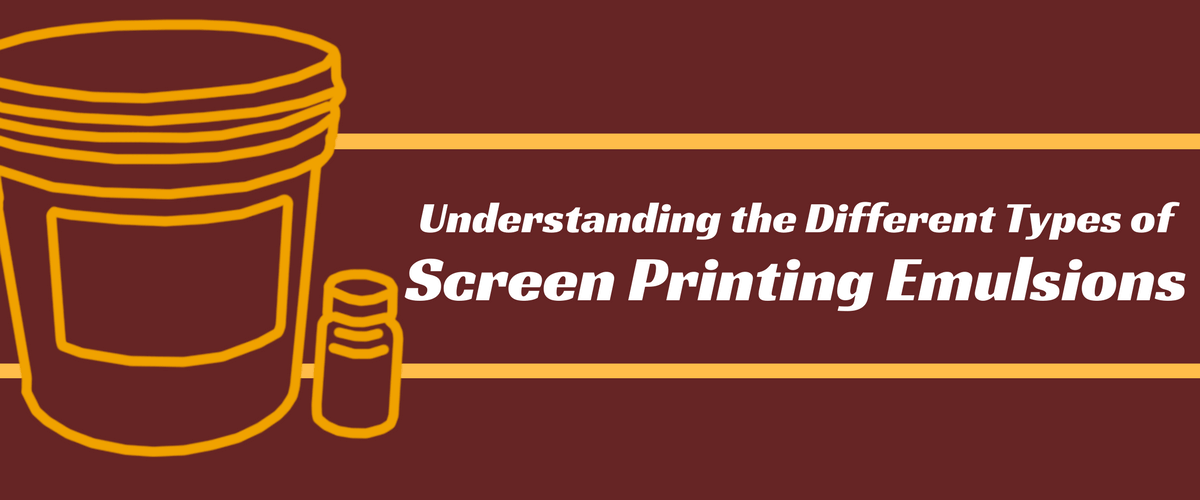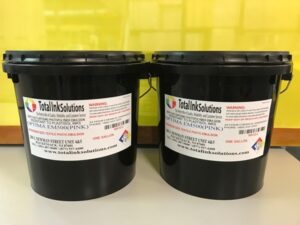Корзина пуста.
ru

Революция в индустрии трафаретной печати благодаря передовым технологиям и качественному обслуживанию
Телефон: +1 847-367-9760
Anatol Equipment Manufacturing Co.
1429 S Shields Dr
Waukegan, IL 60085

Революция в индустрии трафаретной печати благодаря передовым технологиям и качественному обслуживанию
Anatol Equipment Manufacturing Co.
1429 S Shields Dr
Waukegan, IL 60085

Understanding the different types will help you choose the right screen printing emulsion to create a quality stencil for a quality job.
Screen printing emulsion works much like plastisol ink. Just as plastisol ink cures when exposed to heat, emulsion cures when exposed to UV light. When light hits the emulsion, the emulsion’s photosensitizers within create a strong bond with the emulsion’s resins, hardening the emulsion and making it hold fast to your screens. In screen printing, there are three different types of emulsions, based on the photosensitizers used. Diazo is so-called because it contains benzene diazonium; SBQ-based emulsions make use of Styryl Basolium Quaternary; dual-cure emulsions contain both diazo and SBQ.

Total Ink Solutions offers a variety of different
emulsions for your screen preparation needs.
When it comes time to choosing your emulsion type, there are many factors that can come into play, but you can create quality prints with any of the three types of emulsions. Newer printers might tend toward diazo emulsions because they’re cheaper and more forgiving. SBQ-based and dual-cure emulsions can be trickier to work with because of their faster dry times, but the more difficult emulsions can reward you with a more detailed print.
In addition to looking at the type of screen print you’re creating, you might need to look at the water resistance of the emulsion. You’ll also need to consider the emulsion’s viscosity, or solid contents. Higher mesh count screens require a less solid emulsion, while emulsions that are too thin will not properly coat lower mesh count screens, resulting in pinholes or other flaws in the print.
In the end, you’ll want to choose the type of emulsion recommended by your ink manufacturer. By following the manufacturer’s recommendations, you can be sure you’re using a compatible emulsion that will provide you with a good print. And — as with most things in screen printing — the more you print and the more you experiment with different types of emulsions, the better you will get at determining which emulsions are right for different projects.
For quality stencils, having the right tools for the job doesn’t stop with good emulsion. Anatol offers a variety of different exposure units to help you prepare your screens quickly, efficiently and with sharp detail. Let’s talk more about how Anatol can help your screen-making department!
Your message was successfully sent!